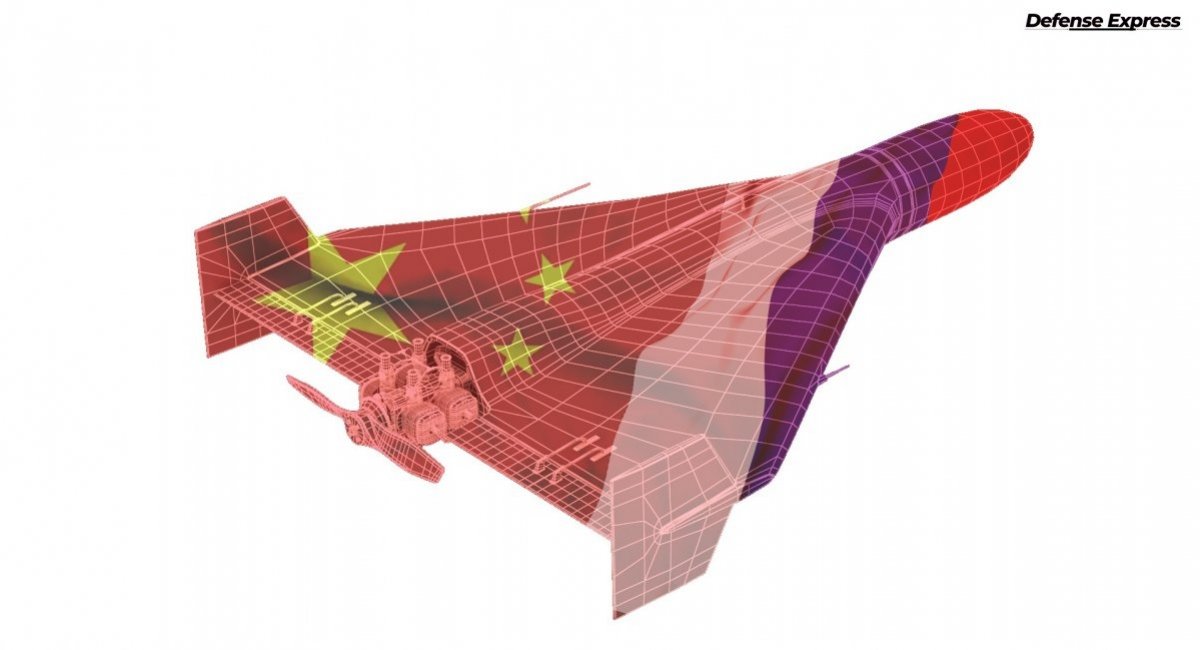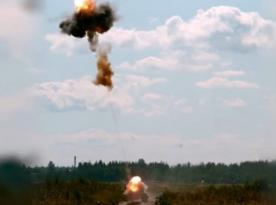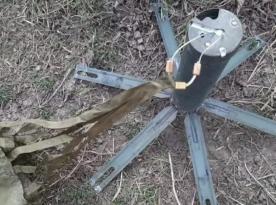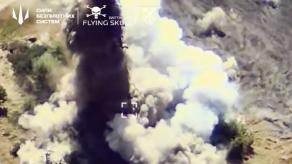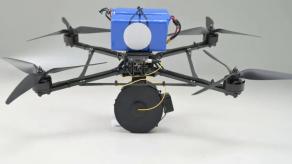Technical documents leaked from Alabuga industrial zone, russia, indicate an ongoing effort by the russian federation to improve the iranian-originated Shahed-136 suicide drone, with Chinese cooperation. Specifically, the russian manufacturers are seeking to revamp the drone into something closer to their ZALA Lancet loitering munition.
Although both are often referred to as kamikaze drones, there's a substantial difference: while a Shahed is launched at a stationary target and capable of finding it, it cannot recon the surroundings and adjust its flight; loitering munitions, on the other hand, are designed primarily against moving targets and can lock on target autonomously or directed towards it by hand of the operator.
Read more: How Ukrainian Inventors Teach AI-Assisted FPV Drones with Machine Vision (Video)

The key difference dividing the two weapons is the communication capability. A loitering munition needs to send a video signal back to the controller and receive commands. And here's where Chinese companies offer their help.
Obtained by Defense Express, the presentation slides with design proposals from russian manufacturers in Alabuga, where the Shahed-136 are produced, testify that russian engineers were trying to install domestically manufactured radio communication units, for example, from Aerob and Inwave companies. However, each offer came with drawbacks: too low power, or not enough resistance to EW, or too expensive, etc.
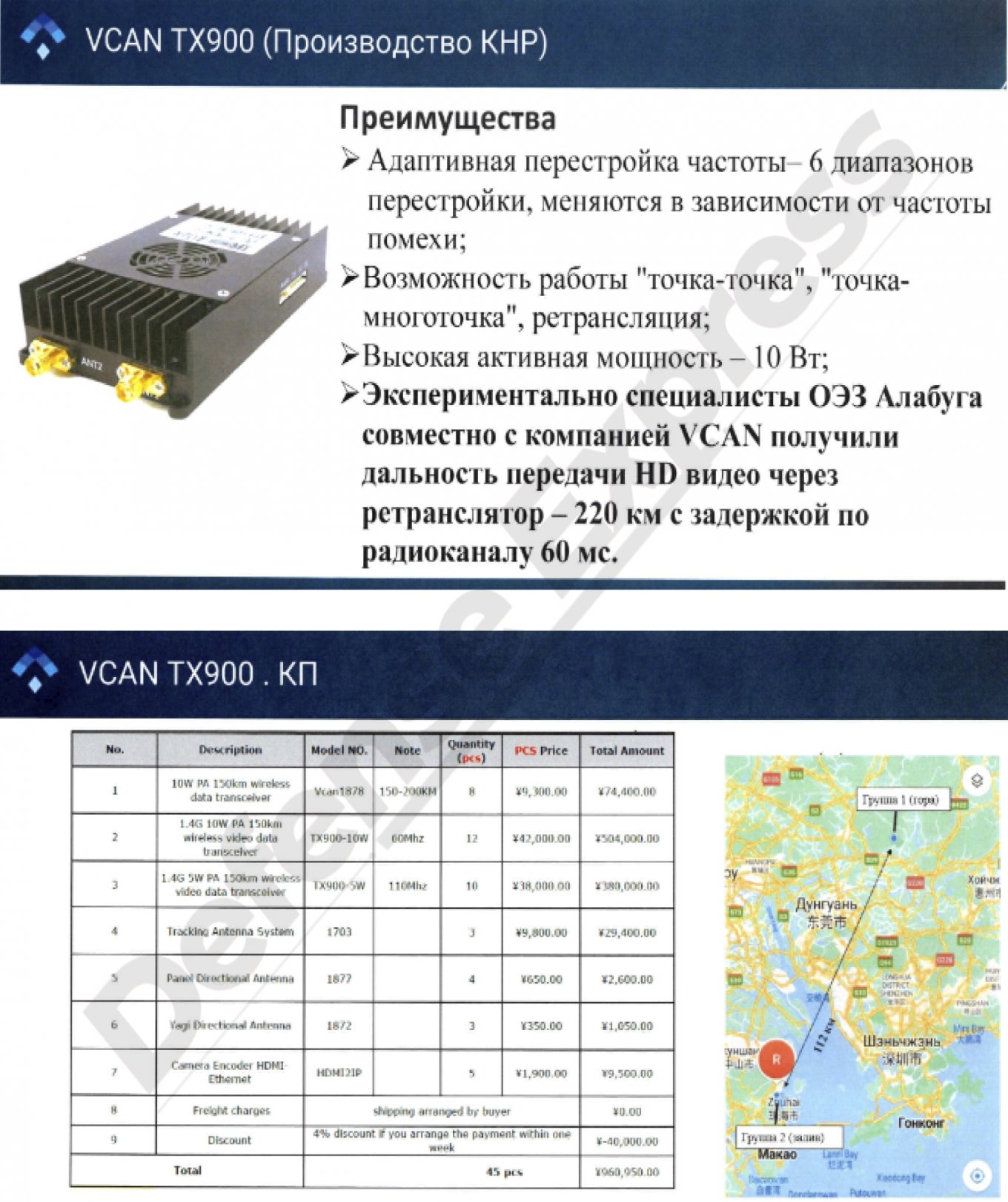
Products from Chinese partners, meanwhile, were met with little to no criticism by the russian authorities. Furthermore, specialists from Alabuga had already tested out the communication devices right in China. Particularly, the TX900 from Chinese company VCan Group Ltd (commercial brand iVcan), showed promising results during the tests, transmitting video in HD quality from a distance of 220 km with a 60 ms delay.
This communication module operates at frequencies of 1,428 – 1,448 MHz or at 806 – 826 MHz and supports automatic frequency change depending on interference, and also has the ability to transmit an encrypted signal of the AES128 standard, the declared maximum transmission speed is 30 Mbit/s. With a power of 10 W, the weight of the product is only 242.5 grams.
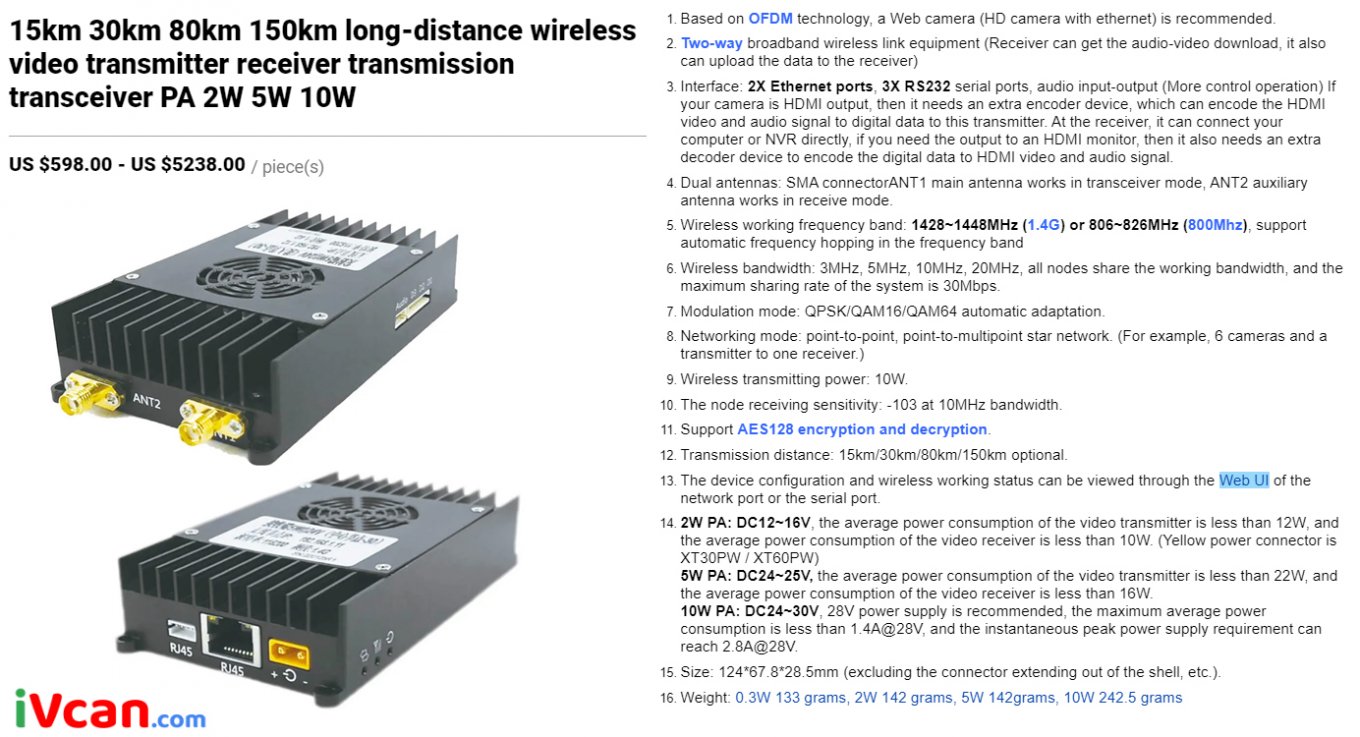
Apart from that, devices like Xingkai XK-F403E and Shenzhen Safe Guard SFGTHF0505UF were considered, too, but nothing is mentioned about tests with these or their advantages, the prices, however, are higher than that of the VCan TX900.
One more detail indicating that russia is trying to make a loitering munition out of Shahed is the declared intention to integrate into Shahed-136 a new warhead of 50 kg of weight, developed by JSC Mechanical Engineering Research Institute Named after V.V. Bakhirev (NIMI). The warhead has quite a complex action: combined fragmentation-explosive-incendiary and armor-piercing. With explosive material filling 25 kg of weight, it contains 4,000 ready-made fragmentation elements. The acronym VNZh next to this figure may refer to the use of the VNZh alloy based on tungsten for manufacture of these fragments.

In the slide above, as highlighted, this warhead is mentioned as the "Special bumper for the Seeker" and specified that it's intended for defeating soft-skinned vehicles. If you wonder why it's called "bumper," that is because of russian characteristic coding system where keywords are replaced with unrelated terms, for instance, the Shahed-136 itself is labeled in documents as a "boat."
Worth noting, currently there is no information about the active use of Shaheds with warheads of this type or with responsive guidance like in a loitering munition. It is quite possible that this presentation was aimed to persuade the authorities to allocate funds for such development, which may be complicated due to competition with the Kalashnikov Concern, owner of Zala, the manufacturer of original Lancet drones.
Read more: Chinese Experts Convinced that russian Ka-52 will Soon be Able to Fire at 30–50 km




